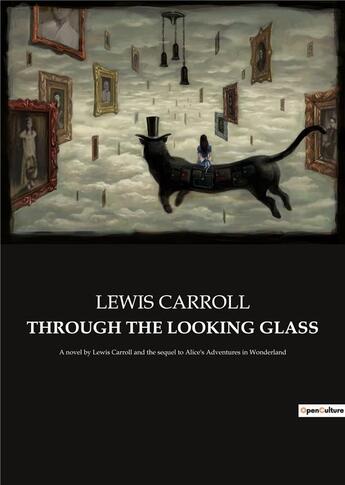Des idées de lecture pour ce début d'année !
Passionné(e) de lecture ? Inscrivez-vous
gratuitement ou connectez-vous pour rejoindre la
communauté et bénéficier de toutes les fonctionnalités du site !

Through the Looking-Glass, and What Alice Found There (also known as Alice Through the Looking-Glass or simply Through the Looking-Glass) is a novel published on 27 December 1871 (though indicated as 1872) by Lewis Carroll and the sequel to Alice's Adventures in Wonderland (1865). Alice again enters a fantastical world, this time by climbing through a mirror into the world that she can see beyond it. There she finds that, just like a reflection, everything is reversed, including logic (for example, running helps one remain stationary, walking away from something brings one towards it, chessmen are alive, nursery rhyme characters exist, and so on). Through the Looking-Glass includes such verses as Jabberwocky and The Walrus and the Carpenter, and the episode involving Tweedledum and Tweedledee. The mirror above the fireplace that is displayed at Hetton Lawn in Charlton Kings, Gloucestershire (a house that was owned by Alice Liddell's grandparents, and was regularly visited by Alice and Lewis Carroll) resembles the one drawn by John Tenniel and is cited as a possible inspiration for Carroll. It was the first of the Alice stories to gain widespread popularity, and prompted a newfound appreciation for its predecessor when it was published
Il n'y a pas encore de discussion sur ce livre
Soyez le premier à en lancer une !

Des idées de lecture pour ce début d'année !

Si certaines sont impressionnantes et effrayantes, d'autres sont drôles et rassurantes !

A gagner : la BD jeunesse adaptée du classique de Mary Shelley !

Caraïbes, 1492. "Ce sont ceux qui ont posé le pied sur ces terres qui ont amené la barbarie, la torture, la cruauté, la destruction des lieux, la mort..."